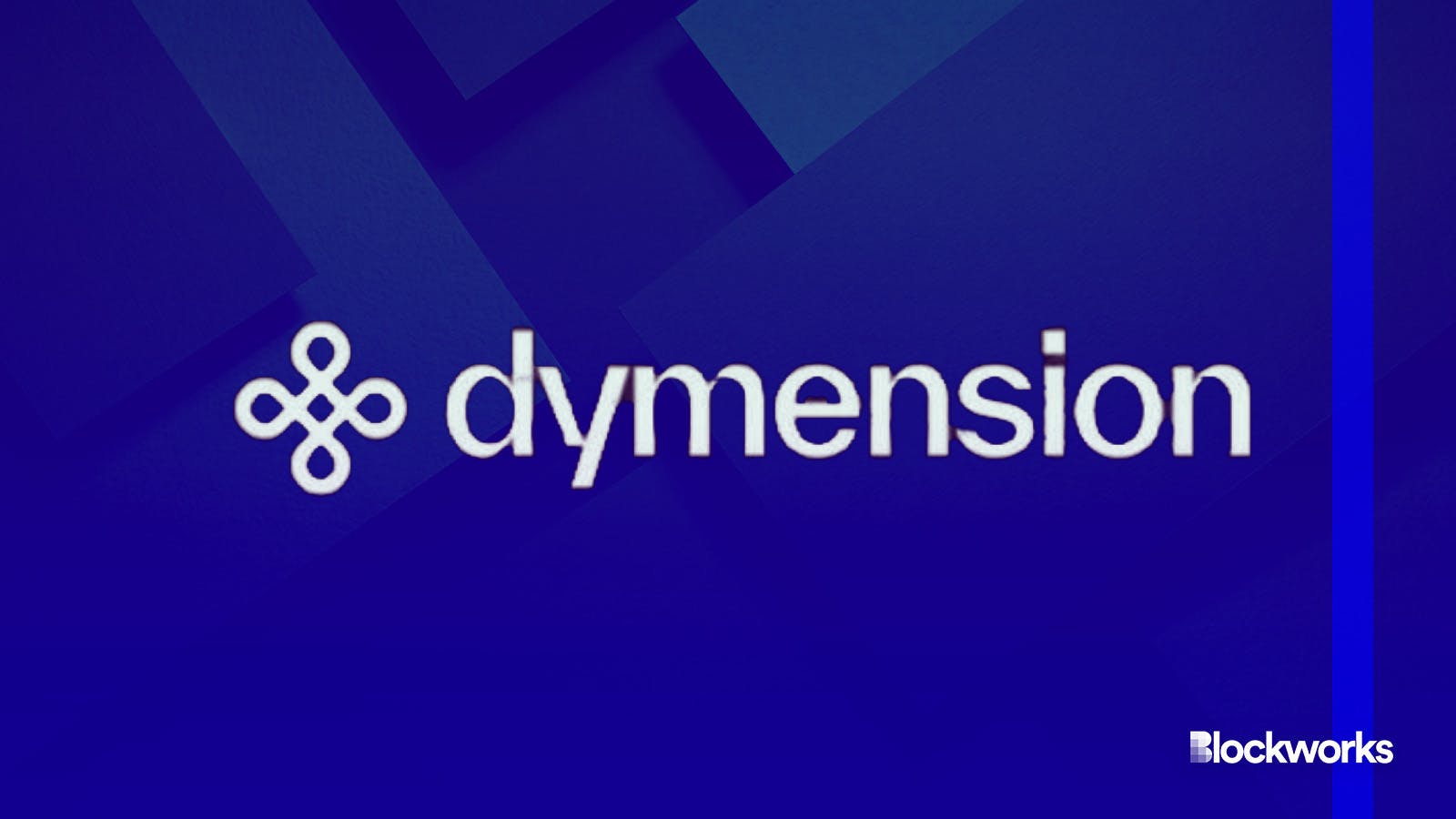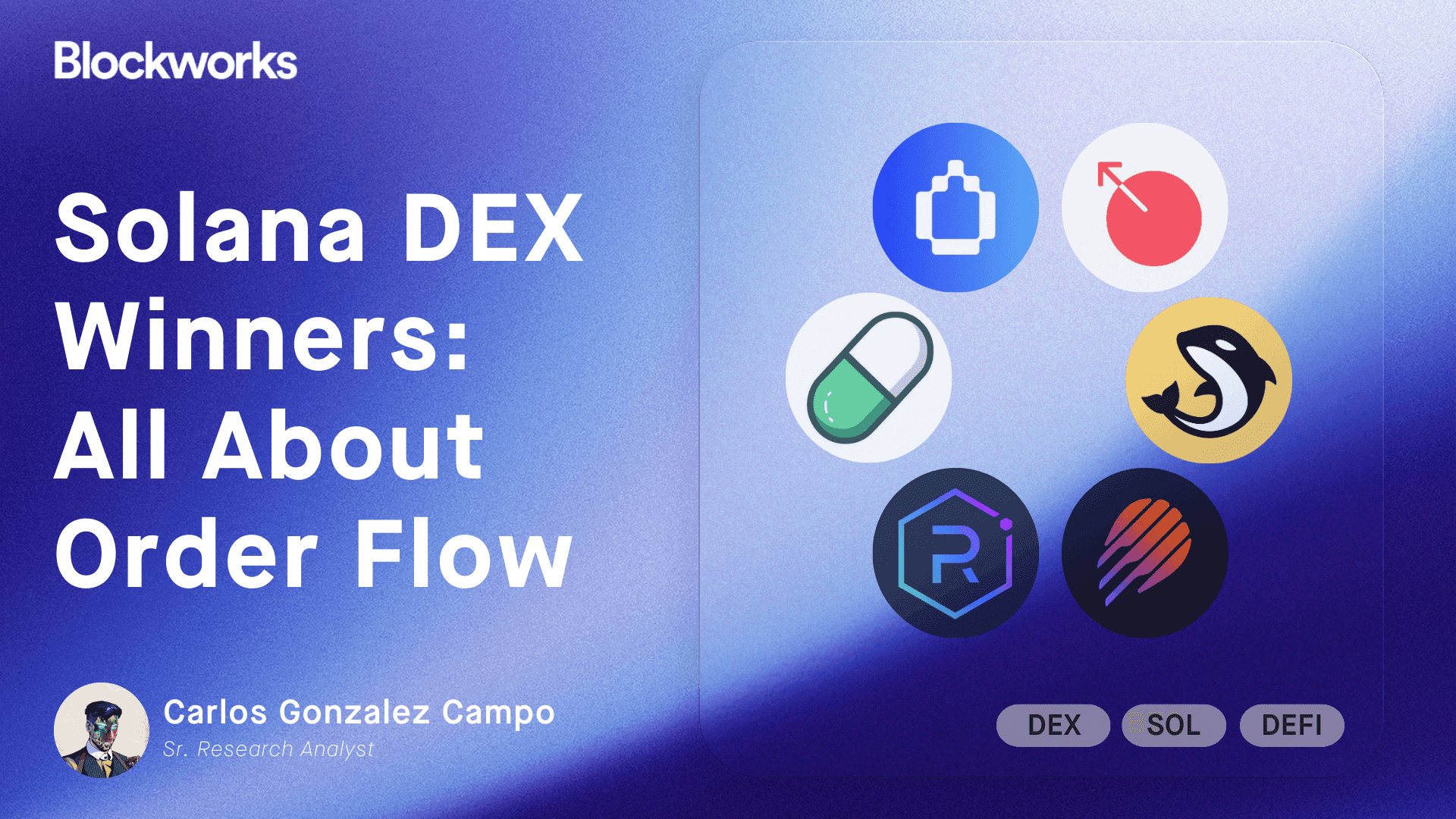Hardware wallet users struggle with Dymension airdrop
Solana claimants and users of Ledger and Trezor have to jump through hoops

Dymension and Adobe Stock modified by Blockworks
A week after the launch of Dymension, alongside a large-scale airdrop of its staking and governance token DYM, some claimants continue to report problems taking control of their crypto.
Solana users of the Phantom wallet, particularly those paired with Ledger hardware wallets, were initially unable to access the airdropped tokens, according to reports in the project’s Discord and on X.
Dymension, the latest entrant to the modular blockchain landscape, released 70 million DYM worth roughly 7% of the total supply, on Feb. 6, primarily to users of Ethereum layer-2 networks, Solana, Celestia and Cosmos.
Read more: Dymension fails to reach consensus because of bad validator set
The delegated proof-of-stake blockchain, built on the Cosmos SDK, aims to be a service provider for application-specific rollups — or “RollApps” — offering security, interoperability (using IBC) and liquidity for those building atop the Dymension Hub.
The project estimated that its airdrop included about 180,000 addresses which interacted with Solana protocols such as Wormhole, Tensor, and Drip.Haus, that collectively received 10 million DYM (or 1% of the total supply).
Of those, a large majority will be users of Phantom, as the leading Solana browser extension wallet with upwards of 3 million downloads from the Chrome app store.
Claiming DYM required users to specify an EVM address to receive the tokens and, since Phantom supports Ethereum and Polygon, many of those will have specified the EVM address provided by the wallet.
However, despite the large installed user base, Phantom users could not claim DYM using the project’s staking page, since the Dymension chain is unsupported.
As a workaround, these users were told on the Dymension Discord to import their wallet’s seed phrase into MetaMask. The seed phrase — typically 12 words — can be used to reconstruct a wallet’s private key, and is generally best kept safely hidden away offline.
For those with a Ledger hardware wallet to protect the private key rather than Phantom itself, claiming was even trickier.
When Phantom added Ledger support, it opted for a somewhat unusual BIP44 Root Ethereum derivation path. That meant it was impossible to import the wallet used to claim DYM using MetaMask’s default settings.
A Phantom support email seen by Blockworks stated that “to claim the tokens using a Ledger wallet you will need a wallet provider that supports both the DYM network and the derivation path of the Ledger wallet. This is not currently supported by wallets, unfortunately.”
Alex Jupiter, senior product manager for MetaMask suggested that Phantom or Dymension could contribute a solution.
“MetaMask already supports different derivation paths for the Ledger hardware wallet,” Jupiter told Blockworks. “If a new derivation path needs to be added for the Ledger hardware wallet, we’ll happily accept and review a community contribution to our codebase for this addition.”
That’s a problem, according to Hannes Graah, who’s building Zeal wallet.
“This is another example of complexity in Web3 user experiences,” Graah told Blockworks. “Phantom’s oversight in accommodating legacy Ledger users leaves many feeling sidelined,” he added.
Read more: Gone crypto: From Revolut to Zeal
Within days, Zeal released a version of its own wallet that supports this derivation path, and Graah has been personally assisting Dymension community members in the project’s Discord.
Related problems affected users of Ledger rival Trezor, and even experienced crypto users struggled to resolve the impasse.
The Dymension team did not return multiple requests for comment.
Airdrops are intended to serve as a marketing tool, to bootstrap usage of new networks and an attempt to align incentives between project participants, but Dymension’s was yet another illustration of crypto’s user experience (UX) shortcomings.
Get the news in your inbox. Explore Blockworks newsletters:
- The Breakdown: Decoding crypto and the markets. Daily.
- 0xResearch: Alpha in your inbox. Think like an analyst.






